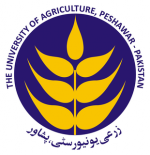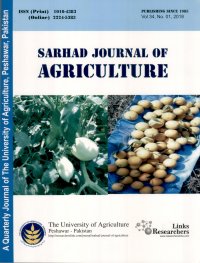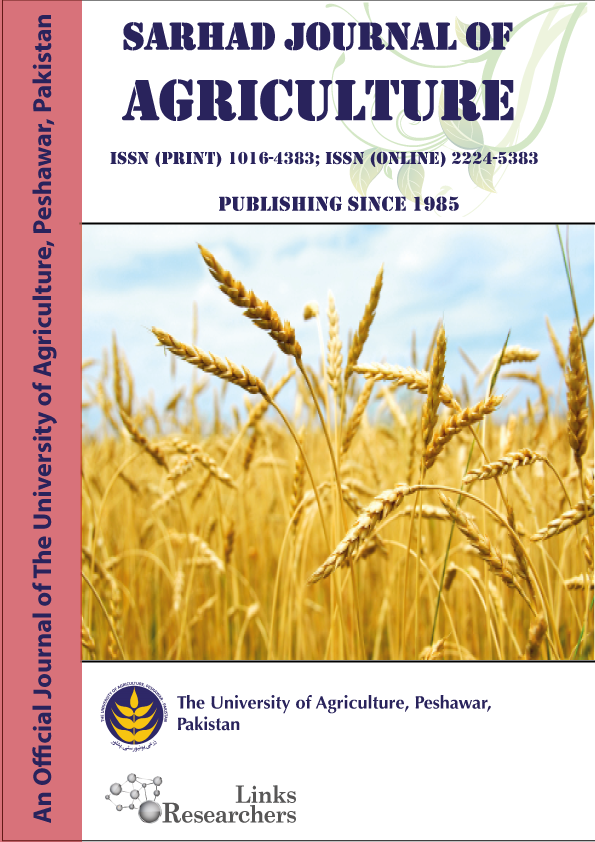Effect of Two Types of Plant Host on the Population Density of Aphis fabae, Aphis gossypii (Hemiptera: Aphididae) and their Parasitoids
Effect of Two Types of Plant Host on the Population Density of Aphis fabae, Aphis gossypii (Hemiptera: Aphididae) and their Parasitoids
Dalal Tareq Al-Ameri1, Khalid J. Al-Hussainawy2 and Hasan Al-Khshemawee3*
ABSTRACT
This experiment was conducted to determine the population density of Aphis gossypii and Aphis fabae on Borage (Borage officinalis: Boraginaceae) and Flora (Stachys macrosperma: Marcrosperma) plants and to know their attractive and repellent effects on both aphid species and their parasitoids. The highest density of A. gossypii on a B. officinalis plant was 74.33 adults/ang2, with a significant difference from A. fabae, which reached 22.53 adults/leave. However, the lowest density of the two aphid species was 29.66 and 1.33 adults/leave, respectively. The highest parasitism rate of A. gossypii on B. officinalis and S. macrosperma plants was recorded at 74 and 23.63%, respectively. The results showed that the highest rate of attraction on the B. officinalis was recorded at 66% for the alcoholic extract at a concentration of 25 mg/ml. In comparison, the highest rate of repellent for the cotton insect was 24% for the hot water extract. But, the highest rate of attraction to S. macrosperma plants was 22% for the hot water extract, and the highest rate of repulsion was 68% for the alcoholic extract at a concentration of 25 mg/ml on the two insects. The study also recorded three aphid parasitoids including Praon volucre (Haliday, 1833), Trioxys pallidus (Haliday, 1833), and Diaeretiella rapae.
To share on other social networks, click on any share button. What are these?








